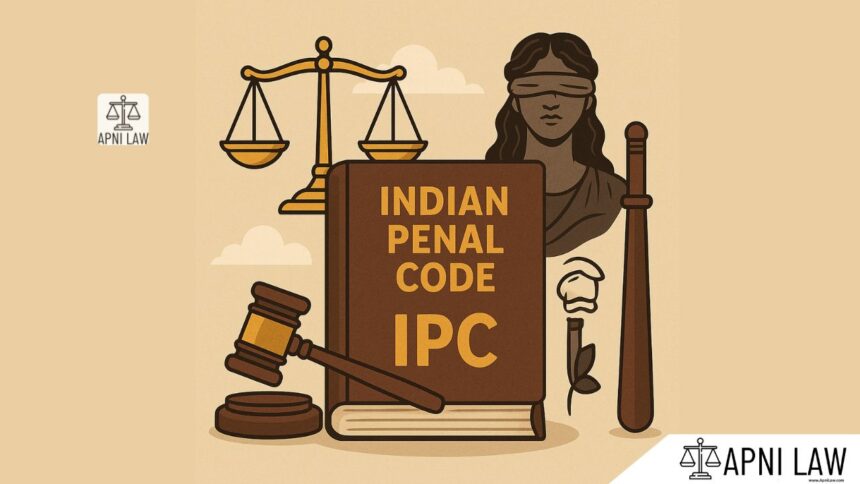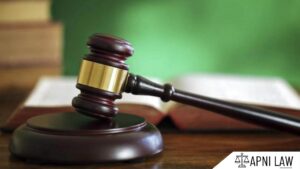Code:
Whoever, knowing or having reason to believe that an offence has been committed, causes any evidence of the commission of that offence to disappear, with the intention of screening the offender from legal punishment, or with that intention gives any information respecting the offence which he knows or believes to be false,
if a capital offence.—shall, if the offence which he knows or believes to have been committed is punishable with death be punished with imprisonment of either description for a term which may extend to seven years, and shall also be liable to fine;
if punishable with imprisonment for life.—and if the offence is punishable with 1 [imprisonment for life], or with imprisonment which may extend to ten years, shall be punished with imprisonment of either description for a term which may extend to three years, and shall also be liable to fine;
if punishable with less than ten years imprisonment.—and if the offence is punishable with imprisonment for any term not extending to ten years, shall be punished with imprisonment of the description provided for the offence, for a term which may extend to one-fourth part of the longest term of the imprisonment provided for the offence, or with fine, or with both.
Illustration
A, knowing that B has murdered Z, assists B to hide the body with the intention of screening B from punishment. A is liable to imprisonment of either description for seven years, and also to fine.
Explanation:
This section deals with the act of intentionally concealing, destroying, or altering evidence to prevent the discovery of a crime, or misleading investigations by providing false information to protect the offender.
Illustration:
- A witnesses a murder but hides the murder weapon to protect the killer.
- B provides false testimony in court to divert suspicion from the actual perpetrator.
- C alters CCTV footage to remove evidence of their involvement in a theft.
Common Questions and Answers:
Q: What is the punishment for violating this section?
A: The punishment can vary depending on the severity of the offense and the nature of the evidence concealed. It can range from imprisonment for a term up to 3 years, to a fine, or both.
Q: Does this section apply only to physical evidence?
A: No, it covers both physical evidence and any information that can be used to prove a crime, including digital data, documents, and testimonies.
Q: Can someone be charged under this section even if they are not directly involved in the crime?
A: Yes, anyone who knowingly assists in concealing or altering evidence to protect the offender can be charged under this section.











